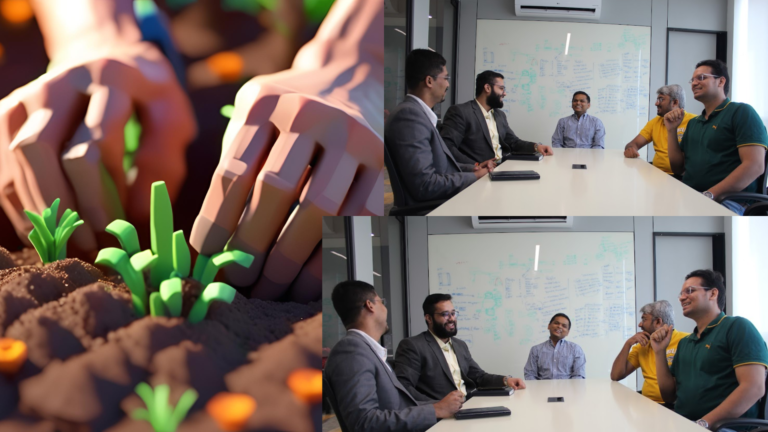Hey there Cloverbites readers. As the CEO of Ergode, I spend a lot of time thinking about growth. Not just the growth of our company, but the potential that lies dormant within each and every one of us. It’s a bit like tending a garden, wouldn’t you say?
We all have those seedling ideas, those little sparks of inspiration that could blossom into something truly remarkable. Maybe it’s a new recipe you’ve been tinkering with, a clever design for a household gadget, or even a unique service you see a need for. The possibilities are endless, just like the variety of seeds waiting to be planted in a garden.

But just like those seeds, ideas need the right environment to flourish. They need nurturing, and that’s where the real work begins.
Think of the early stages of an idea like preparing the soil. You wouldn’t just toss seeds onto bare, hard ground and expect vibrant flowers or a bountiful harvest, would you? No, you need to loosen the earth, add nutrients, and create a space where growth can happen. This translates perfectly to the world of ideas. You need to research your market, understand the competition, and refine your concept into something that fills a genuine need. This is the planning and preparation phase, the equivalent of turning your initial spark into a viable seed with a strong chance of taking root.
Now comes the planting – the act of taking your idea and putting it into action. This may involve creating a prototype, developing a business plan, or simply starting small and testing the waters. Imagine yourself carefully placing those seeds into the soil, spacing them thoughtfully and providing them with the right amount of water and sunlight.
Here’s where things get interesting. Just like a garden demands constant care, your idea needs consistent nurturing. This means staying dedicated, overcoming challenges (those pesky weeds!), and adapting to changing conditions. Maybe your initial prototype needs tweaking, or your target audience shifts slightly. That’s okay! Growth rarely happens in a straight line, and just like a gardener adjusts their watering or weeding based on the season, you need to be flexible and strategic in your approach.

Finally, with dedication and a little bit of luck, you start to see the fruits (or vegetables!) of your labor. Your idea takes root, begins to grow, and eventually flourishes. Perhaps you attract investors, land a successful launch, or see your creation resonate with a global audience. This is the stage where your once-tiny seed grows into a global canopy, providing shade, inspiration, and (dare I say) revenue for all to enjoy.
Remember, even the most flourishing gardens started with a single seed, an idea nurtured with care. So, the next time you have a seedling idea, don’t dismiss it as a mere whim. Take the time to nurture it, provide it with the right environment, and watch it grow into something truly remarkable. After all, you never know what hidden treasures lie dormant in the fertile soil of your imagination.
Here’s a quick challenge for you: Take a moment to reflect on your own seedling ideas. What small spark could you cultivate into something bigger? Share your thoughts in the comments below – together, let’s create a garden brimming with potential!
Regards,
Rupesh